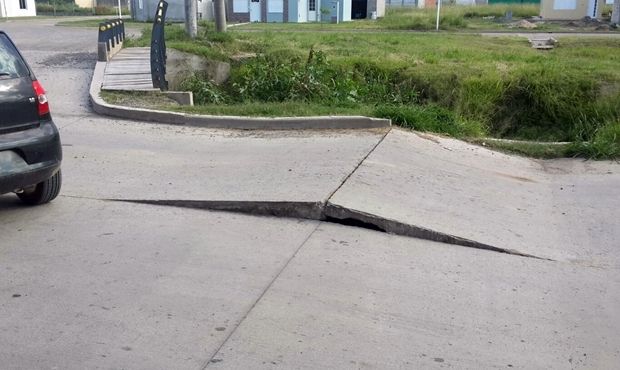Â
“All idiots. They always forget the stairs of the houses � in this way he referred to the architects Gustave Flaubert in the book Dictionary of Topics. Certainly the writer was very hard on us, but there is some truth in his criticism. Often, architects focus so much on what they believe is important that they forget the most basic.
Â
In the article we will see examples of recurring errors of this type when making measurements. The measurements of a project </ strong> are a very important part. This document is used in the bidding phase of a project for the economic valuation of a work and subsequently its economic control. Next we will talk about the most common errors that we have encountered when carrying out this work.
Â
1 Forget the baseboards
Â
The plinth is an element that many do not notice, but there are great examples of architecture with beautiful and original plinths. It is worth counting the meters of plinth and saying what type we want.

Recessed socket
2 Put a game to build and forget that before you have to demolish the one that was in its place
To demolish something or to do the preparation of the work to put, for example, the new carpentry, it is not pleasant at all. Demolition can be done by anyone; however, forgetting to do it can make a project economically unviable. The demolition of a carpentry for example is not a simple task, due to the risks involved. If we want to replace some carpentry in a building, we also have to include the starting of the pre-existing ones, the preparation of the hole (edging or placing a new pre-frame if applicable) and the management of waste from the removed carpentry.
Â
3 Confuse built area with useful area
Â
Despite being basic concepts for any builder, many times we forget that the surface that we want to build is not the same as the one that is going to inhabit . For example, the area of ​​the floor to be executed on a floor is not the same as that of the finishing floor. The difference, despite not being enormous, can generate uncertainty when executing it on site.
Â
4 Do not take construction losses into account
Â
In the line of the previous section, when transporting and placing rigid pieces for cladding (ceramic tiles or stone cladding, among others) breaks occur u other flaws that make some of them useless to fulfill their function. This proportion of lost material must be taken into account to avoid subsequent cost overruns.
Â
5 Do not take into account the swelling of the waste generated
Â
As we all know, bricklayers do not assemble a puzzle every time they have to remove rubble, so the total volume can end up being approximately 50% higher than calculated. And that difference in volume , known as puffiness, can cause more of a headache.
Â
6 Do not include the subframes in the masonry chapter
Â
Demolitions, structures, masonry, cladding, carpentry … According to the logical order, the door frames (the part of the same that is embedded in the wall or partition) should be included in the chapter of carpentry; however, if they have not been executed before , perhaps when the carpenter wants to place the door it is already too late to rectify the error.
Â
Â
7 Confusing placement and supply or ignoring either of the two concepts
Â
If in some measurements we find the work item described as follows: “Roca Compac toilet supply suspended with double flush and backpack integrated into the wall.� It may seem perfect to us, but in the previous description something is missing. Who is going to place it and fix it to the wall? Who is going to connect it to the sewer and plumbing fixtures? To siliconize the perimeter?
Â
8 Little detail in the description of the items and discrepancies with the project
Â
If measurements are not done carefully, job item descriptions can look like gibberish copied and pasted from other projects. The problem comes when, if care is not taken when writing them, important details are forgotten. For example: the laying of tiles can be with many adhesives: mortar, adhesive cement, flexible adhesive cement, depending on the the situation of the tile and the type of material (porcelain, ceramic, etc.) Have gaps been discounted in the façade surface? If so, are the returns and edges included? Is the transportation of the rubble included in the demolition with the indicated price? And the resolution of singular points of the tile, are corner pieces used or is it a visible, beveled or non-edged joint? Do the meters of the false ceiling include curtains?
Â
Also, sometimes in our experience of project manager , we have come across projects that brought measurements that They were not consistent with what was detailed in the plans. What is the valid document? Shall we leave it to the choice of the constructor?
Â
The more precise and more consistent with the project be the measurements, less surprises we will find a posteriori.
9 Expansion joints
Things are built, usually side by side under certain thermal conditions. But what happens when everything changes in temperature. A expansion joint in a roof for example can save us a lot of broken tiles or even worse problems.
Â
10 Forget the ladder
Â
Oddly enough, we have seen some project that had not considered including this fundamental element in its measurements. He was not a novice architect and it was not in Flaubert’s time.
Â

















